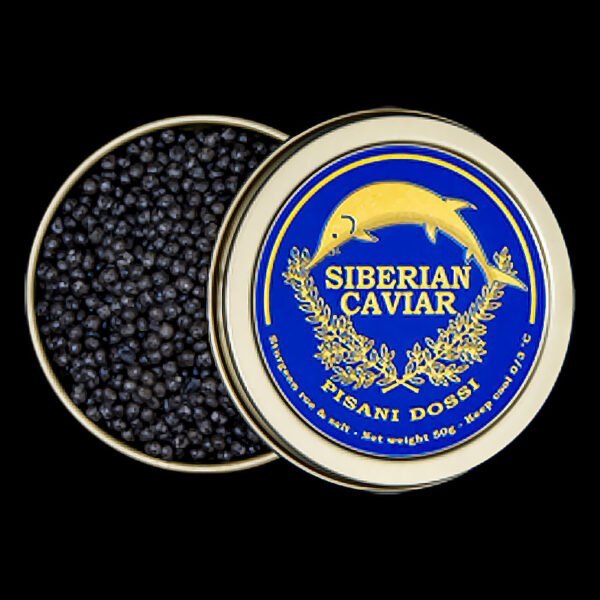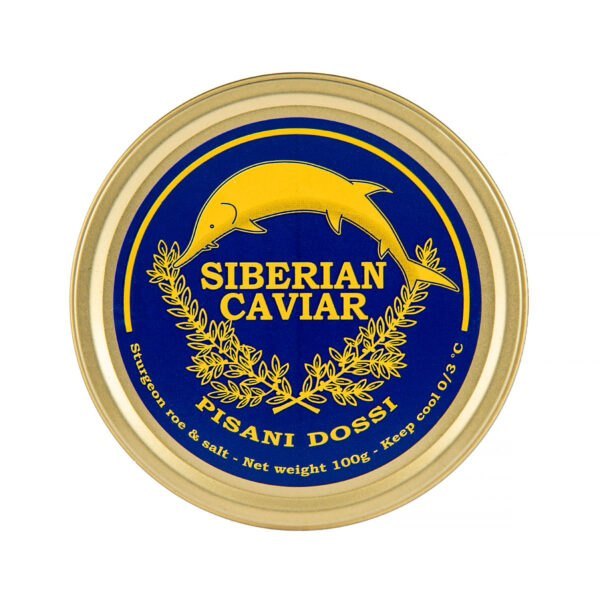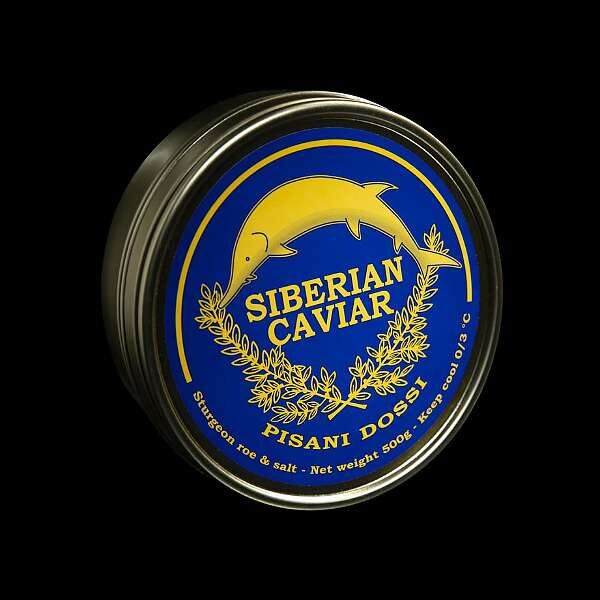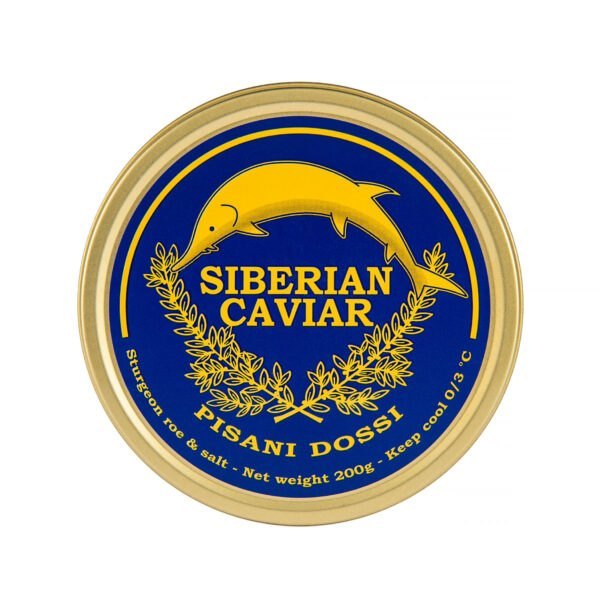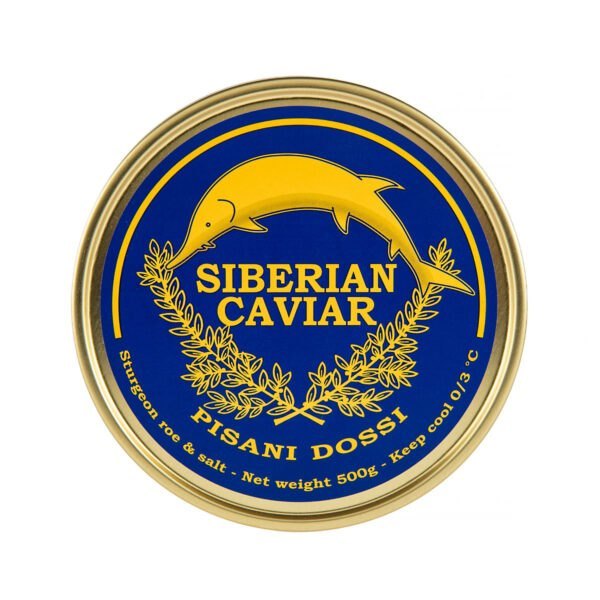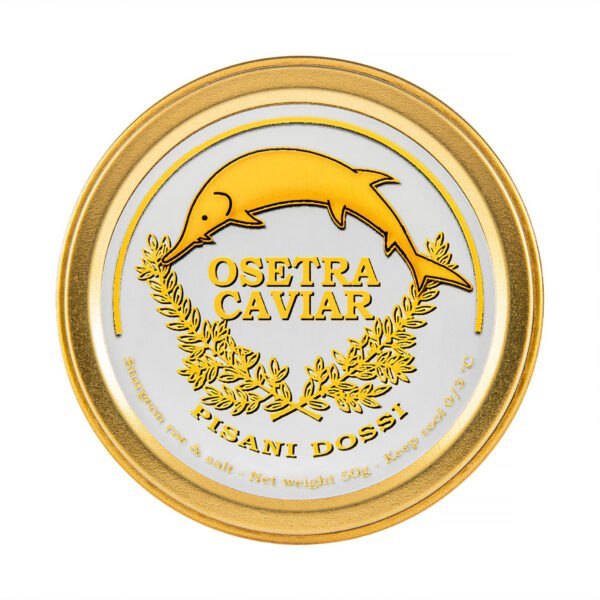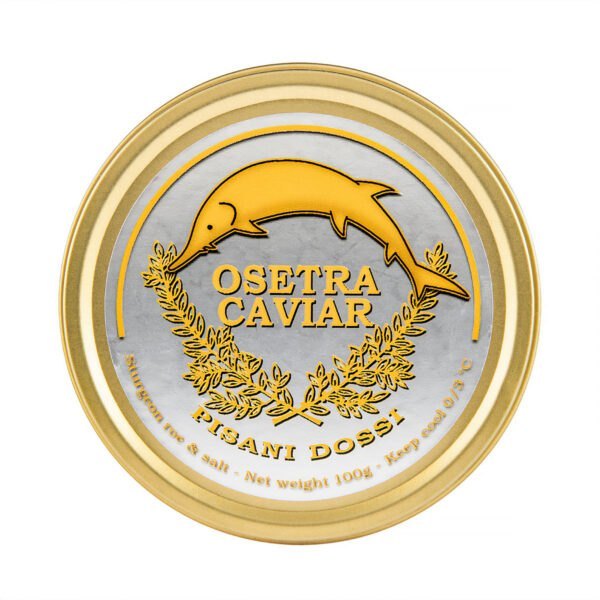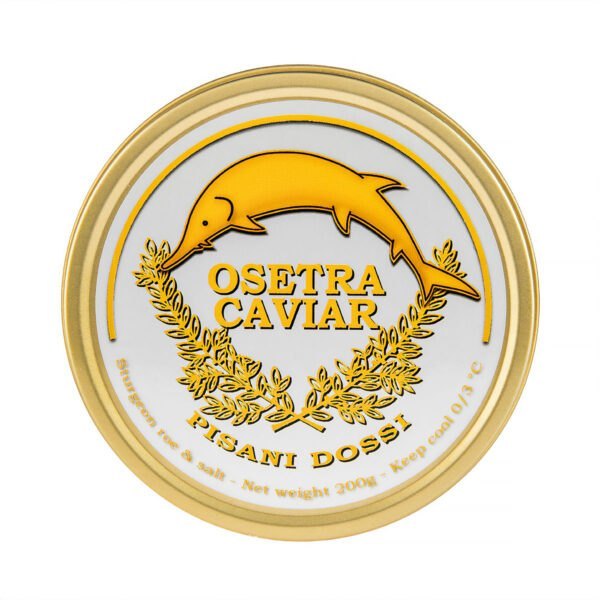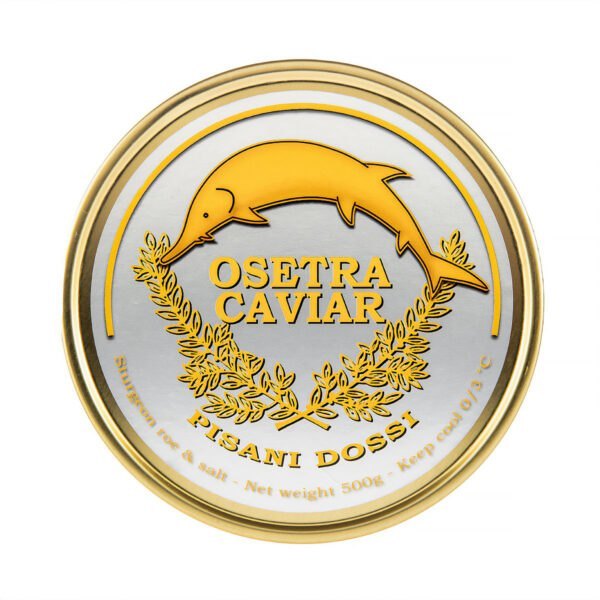Black caviar stands as the crown jewel of luxury foods, commanding prices that rival precious metals and inspiring reverence across cultures for centuries. This extraordinary delicacy, harvested from ancient sturgeon species, represents far more than simple sustenance. The tiny black pearls embody exclusivity, refinement, and culinary artistry at its peak.
The mystique surrounding black caviar stems from its remarkable journey through history. From Persian emperors to Russian tsars, this prized delicacy has graced the tables of royalty and aristocracy. Today, black caviar maintains its position as the ultimate status symbol in fine dining establishments worldwide. The combination of rarity, complex production processes, and unmatched flavor creates a luxury experience that transcends ordinary culinary boundaries.
The ancient origins and royal heritage of black caviar
The story of black caviar begins millions of years ago when sturgeon first inhabited Earth’s waters. These prehistoric fish have survived ice ages and countless environmental changes, making them living fossils of the aquatic world. Archaeological evidence suggests that humans have consumed sturgeon roe for over 4,000 years, with early civilizations recognizing its exceptional nutritional value and distinctive taste.
Ancient Persian texts describe caviar as a source of strength and vitality. Persian fishermen along the Caspian Sea developed the first methods for harvesting and preserving sturgeon eggs. These early techniques laid the foundation for modern caviar production methods still used today.
A delicacy born from ancient waters
The earliest records of caviar consumption trace back to ancient Persia, where the delicacy was known as “khav-yar,” meaning “cake of strength.” Persian warriors consumed caviar before battles, believing it would grant them energy and endurance. The Caspian Sea provided abundant sturgeon populations, making caviar a regional staple rather than the luxury item it would later become.
Greek and Roman civilizations encountered caviar through trade routes with Persian merchants. Ancient Greek texts describe sturgeon roe as a delicacy served at elaborate banquets. Roman aristocrats imported caviar at considerable expense, establishing the first luxury caviar trade networks across the Mediterranean region.
The Byzantine Empire continued this tradition, with imperial courts featuring caviar prominently in state dinners. Historical records show that Byzantine emperors gifted caviar to foreign dignitaries as a symbol of wealth and sophistication. This practice established caviar’s association with diplomatic prestige and international relations.
Medieval European monasteries began preserving caviar using salt-curing techniques learned from Persian traders. Monks developed refined preservation methods that enhanced flavor while extending shelf life. These monastic traditions contributed to the sophisticated curing processes used in modern caviar production.
Royal courts and imperial tables
Russian royalty elevated caviar from regional delicacy to imperial treasure during the medieval period. The Tsars established exclusive fishing rights along the Volga River, creating the first luxury caviar trade networks. Court records from the 16th century detail elaborate banquets featuring multiple caviar varieties served on golden platters.
European nobility discovered this exotic delicacy through diplomatic exchanges with Russian courts. French aristocrats particularly embraced caviar, incorporating it into their sophisticated culinary traditions. The delicacy quickly became a symbol of diplomatic prestige and cultural refinement across European capitals.
The Persian Empire simultaneously developed its own caviar culture along the southern Caspian shores. Shah Abbas I established royal sturgeon fisheries in the early 1600s, making caviar a cornerstone of Persian royal cuisine. These parallel developments created two distinct caviar traditions that continue to influence modern production methods.
Catherine the Great of Russia declared caviar a royal monopoly in the 18th century. This decree restricted caviar access to the imperial court and selected nobility, further enhancing its exclusive status. The Russian imperial caviar service became legendary throughout European high society, with elaborate ceremonies surrounding its presentation.
French culinary masters working in Russian courts refined caviar service protocols during the 19th century. They developed the traditional accompaniments and serving methods still used today. These innovations included mother-of-pearl spoons, crystal serving dishes, and specific temperature requirements that maximize flavor appreciation.
The extraordinary journey from sturgeon to table
Modern caviar production requires extraordinary patience and expertise. Sturgeon species mature at vastly different rates, with some requiring up to two decades before producing viable eggs. This extended maturation period represents one of the longest investment cycles in food production, contributing significantly to caviar’s premium pricing.
Sustainable sturgeon farms now dominate global caviar production following strict conservation regulations. These facilities recreate natural river conditions while maintaining precise water quality standards. Temperature, pH levels, and oxygen content must remain within narrow parameters to ensure healthy sturgeon development.
The patient art of sturgeon cultivation
Contemporary sturgeon farming represents a sophisticated blend of aquaculture science and traditional knowledge. Facilities must replicate the complex environmental conditions that sturgeon require for optimal development. Water temperature fluctuations mirror seasonal patterns, while specialized filtration systems maintain pristine water quality throughout the growth cycle.
Sturgeon nutrition programs require carefully balanced diets that promote healthy egg development. Feed formulations include specific protein ratios, essential fatty acids, and mineral supplements. Nutritionists monitor fish health through regular blood testing and physical examinations to ensure optimal reproductive development.
Breeding programs focus on maintaining genetic diversity while selecting for desirable caviar characteristics. Scientists track lineages across multiple generations to prevent inbreeding while enhancing egg quality traits. These programs require detailed record-keeping and sophisticated genetic analysis to achieve consistent results.
Environmental enrichment plays a crucial role in sturgeon welfare and egg quality. Tanks include natural substrates, varied water depths, and current systems that simulate river conditions. Research shows that stressed fish produce lower quality eggs, making environmental management critical for premium caviar production.
Harvesting the precious roe
The harvesting process demands exceptional skill and timing. Expert technicians determine egg readiness through careful examination of each fish. The extraction process must occur at the precise moment when eggs reach optimal size and texture. Even slight timing errors can dramatically affect the final product quality.
Traditional harvesting methods include:
- Manual extraction by experienced technicians
- Immediate sorting by size and color
- Salt curing within hours of harvest
- Temperature-controlled processing environments
- Quality grading by texture and appearance
Processing facilities maintain sterile conditions throughout the entire production chain. Each batch undergoes rigorous quality testing before packaging. The salt curing process, perfected over centuries, enhances flavor while preserving the delicate texture that defines premium caviar.
Master caviar producers employ techniques passed down through generations of craftsmen. The salt-to-roe ratio requires precise calculation based on egg size, moisture content, and intended storage duration. Traditional producers use only the finest sea salt, avoiding additives that might alter the caviar’s natural flavor profile.
Temperature control during processing affects both flavor development and shelf life. Caviar must remain between 28-32°F throughout processing and packaging. Specialized refrigeration systems maintain consistent temperatures while preventing ice crystal formation that could damage delicate egg membranes.
Quality control and grading standards
International grading systems classify caviar based on multiple criteria including egg size, color consistency, and flavor profile. Grade A caviar features uniform eggs with intact membranes and rich, complex flavors. Lower grades may have broken eggs or less consistent coloring but still maintain excellent taste characteristics.
Storage and transportation require specialized equipment to maintain optimal conditions. Temperature fluctuations can destroy caviar quality within hours, making cold chain management critical. Premium producers invest heavily in refrigerated logistics networks to ensure product integrity from farm to consumer.
Professional tasters evaluate each batch using standardized protocols developed over decades. Tasting panels assess appearance, texture, flavor intensity, and finish characteristics. These evaluations determine final grading and pricing for each production lot.
Packaging technology protects caviar quality during distribution and storage. Vacuum-sealed containers prevent oxidation while maintaining optimal moisture levels. Specialized packaging materials resist temperature fluctuations and protect against contamination during transport.
Pro tip: Store unopened caviar in the coldest part of the refrigerator and consume within 48 hours of opening for optimal flavor and texture.
Rarity and scarcity that commands premium prices
Wild sturgeon populations have declined by over 90% during the past century due to overfishing and habitat destruction. This dramatic reduction in natural stocks has created unprecedented scarcity in the luxury food market. Conservation efforts now strictly regulate wild sturgeon fishing, making farmed caviar the primary source for global consumption.
The Caspian Sea, historically the world’s primary caviar source, produces only a fraction of its former output. International treaties now govern sturgeon fishing rights, with quotas set at sustainable levels that barely meet global demand. This regulatory environment has transformed caviar from abundant regional food to scarce luxury commodity.
The economics of extreme scarcity
Global caviar production totals approximately 350 tons annually, compared to over 2,000 tons in the 1970s. This dramatic supply reduction occurred while global wealth increased substantially, creating intense competition among luxury consumers. Premium caviar varieties now sell for $3,000-5,000 per kilogram, with the finest specimens commanding even higher prices.
Market dynamics favor established producers with long-term sturgeon stocks. New entrants face significant barriers including high startup costs, lengthy maturation periods, and complex regulatory requirements. This market structure limits supply expansion and maintains pricing power for existing producers.
Investment funds now view caviar farms as alternative assets with attractive long-term returns. Institutional investors recognize the combination of limited supply, growing demand, and high barriers to entry. These investments provide capital for expansion while further consolidating the industry among well-funded operators.
Luxury retailers report consistent demand growth despite premium pricing. High-net-worth consumers view caviar as an investment in experiences rather than simple food consumption. This demand pattern supports continued price appreciation across all caviar grades and varieties.
Production challenges and investment requirements
Establishing a successful caviar operation requires substantial capital investment and long-term commitment. Initial setup costs for sustainable sturgeon farms often exceed several million dollars. The extended maturation period means investors must wait years before seeing returns on their investment.
Climate change adds another layer of complexity to sturgeon farming. Rising water temperatures and changing precipitation patterns affect natural spawning cycles. Farmers must invest in sophisticated climate control systems to maintain optimal growing conditions year-round.
Key production cost factors:
- Facility construction and equipment
- Specialized feed and nutrition programs
- Veterinary care and health monitoring
- Skilled labor and technical expertise
- Regulatory compliance and certification
- Insurance and risk management
Market demand continues to outpace supply despite premium pricing. Luxury restaurants and high-end retailers struggle to maintain consistent inventory levels. This supply-demand imbalance drives prices higher while reinforcing caviar’s exclusive status in the luxury food market.
Energy costs represent a significant operational expense for caviar producers. Maintaining precise water temperatures and filtration systems requires substantial electricity consumption. Rising energy prices directly impact production costs and final caviar pricing.
Labor shortages affect the caviar industry as skilled technicians require years of training. Harvesting and processing demand expertise that cannot be easily replaced or automated. This human capital requirement adds to production costs while limiting scaling opportunities.
Pro tip: Purchase caviar from established producers with transparent sourcing practices to ensure authenticity and quality standards.
Luxury fresh black caviar from an Italian producer available at PremiumCaviar Shop
PremiumCaviar Shop partners with Pisani Dossi, a renowned Italian caviar producer known for exceptional quality standards and sustainable practices. This family-owned operation combines traditional Italian craftsmanship with modern aquaculture techniques to create world-class caviar products. Their facilities in Northern Italy benefit from pristine Alpine water sources and optimal climate conditions for sturgeon cultivation.
Pisani Dossi specializes in multiple sturgeon species, each producing caviar with distinct characteristics and flavor profiles. Their commitment to sustainable farming practices ensures environmental responsibility while maintaining the highest quality standards. The company’s reputation extends throughout Europe’s finest restaurants and luxury food retailers.
Italian excellence in caviar production
Northern Italy’s unique geography provides ideal conditions for sturgeon farming. Alpine water sources deliver consistent temperatures and exceptional purity throughout the year. The region’s stable climate minimizes environmental stresses that can affect egg quality and development.
Pisani Dossi employs traditional Italian artisanal methods combined with modern aquaculture science. Master craftsmen oversee every aspect of production, from fish husbandry to final packaging. This attention to detail ensures consistent quality that meets the demanding standards of luxury consumers.
The company’s sustainable practices include closed-loop water systems and renewable energy sources. Environmental stewardship remains central to their operations, reflecting broader Italian values of preserving natural resources. These practices appeal to environmentally conscious luxury consumers who value sustainable production methods.
Quality certifications from Italian and European authorities validate Pisani Dossi’s production standards. Regular inspections ensure compliance with food safety regulations and sustainable farming practices. These certifications provide consumers with confidence in product authenticity and quality.
Premium Siberian sturgeon varieties
The Premium Siberian Sturgeon Black Caviar collection at PremiumCaviar Shop represents the pinnacle of farmed caviar excellence. Siberian sturgeon (Acipenser baerii) produces medium-sized eggs with rich, nutty flavors and firm texture. This variety offers excellent value while maintaining luxury quality standards that satisfy discerning palates.
Siberian sturgeon mature relatively quickly compared to other species, typically reaching harvest readiness within 8-10 years. This shorter maturation period allows for more consistent production schedules while maintaining exceptional quality. The resulting caviar features dark gray to black coloration with subtle flavor variations that complement various culinary applications.
Processing techniques for Siberian caviar follow traditional methods refined over generations. Light salt curing enhances natural flavors without overwhelming the delicate taste profile. Each tin contains carefully selected eggs that meet strict size and quality specifications.
Siberian caviar’s versatility makes it suitable for both traditional service and modern culinary applications. Chefs appreciate its consistent texture and balanced flavor profile for creating innovative dishes. Home consumers find it approachable while still delivering the luxury caviar experience.
The production process for Siberian caviar emphasizes sustainability and animal welfare. Sturgeon live in spacious tanks with natural substrates and flowing water systems. This environment reduces stress and promotes healthy egg development throughout the maturation process.
Premium Siberian Sturgeon Black Caviar
Premium Siberian Sturgeon fresh black caviar 50gr. Pisani Dossi
Premium Siberian Sturgeon fresh black caviar 100gr. Pisani Dossi
Exquisite Osetra caviar selection
The Premium Osetra Black Caviar collection showcases one of the most prized caviar varieties available today. Osetra sturgeon (Acipenser gueldenstaedtii) produces larger eggs with complex flavor profiles ranging from nutty to fruity undertones. This variety commands premium prices due to its exceptional taste characteristics and limited production volumes.
Osetra caviar displays beautiful golden-brown to dark gray coloration with excellent visual appeal. The eggs maintain firm texture while delivering rich, creamy flavors that develop on the palate. This variety pairs excellently with champagne and fine wines, making it ideal for special occasions and luxury dining experiences.
Comparison of premium caviar varieties:
| Variety | Egg Size | Color Range | Flavor Profile | Maturation Time |
|---|---|---|---|---|
| Siberian | Medium | Dark Gray-Black | Nutty, Clean | 8-10 years |
| Osetra | Large | Golden-Dark Gray | Complex, Fruity | 12-15 years |
| Beluga | Extra Large | Light-Dark Gray | Buttery, Delicate | 15-20 years |
Osetra production requires exceptional patience and expertise due to the extended maturation period. Sturgeon must reach full maturity before producing the large, flavorful eggs that characterize this variety. This lengthy process contributes to Osetra’s premium positioning in the luxury caviar market.
The harvesting window for Osetra caviar is particularly critical, as eggs must be collected at peak ripeness. Expert technicians monitor each fish closely to determine optimal timing. This precision ensures the complex flavor development that distinguishes premium Osetra from other varieties.
Premium Osetra Black Caviar
Premium Osetra fresh black caviar 50gr. Pisani Dossi
Premium Osetra fresh black caviar 100gr. Pisani Dossi
PremiumCaviar Shop commitment to excellence
PremiumCaviar Shop maintains rigorous quality standards throughout their entire supply chain. Their partnership with select producers ensures consistent availability of premium caviar varieties while supporting sustainable aquaculture practices. The company’s expertise in caviar selection and handling guarantees optimal product quality for discerning customers.
Customer service excellence defines the PremiumCaviar Shop experience. Their knowledgeable staff provides expert guidance on caviar selection, storage, and serving recommendations. Educational resources help customers appreciate the nuances of different caviar varieties while maximizing their luxury dining experiences.
The company’s cold chain management ensures caviar quality from producer to consumer. Specialized packaging and expedited shipping maintain optimal temperatures throughout delivery. This attention to logistics protects the substantial investment customers make in premium caviar products.
PremiumCaviar Shop’s commitment to authenticity includes detailed product information and sourcing transparency. Customers receive complete information about caviar origins, processing methods, and quality grades. This transparency builds trust and confidence in the luxury caviar purchasing experience.
Pro tip: Order caviar for delivery 24-48 hours before planned consumption to ensure optimal freshness and flavor development.
The unmatched sensory experience of true luxury
Premium black caviar delivers a sensory experience that transcends ordinary food consumption. Each tiny sphere bursts on the tongue, releasing complex flavors that evolve throughout the tasting experience. The initial saltiness gives way to subtle nutty or buttery undertones, creating layers of taste that linger long after swallowing.
Texture plays an equally important role in the caviar experience. Fresh, high-quality eggs maintain firm integrity while yielding gently to gentle pressure. The satisfying “pop” of properly cured caviar creates tactile pleasure that enhances the overall sensory experience. Poor quality caviar lacks this textural complexity, feeling mushy or overly firm.
A symphony of flavors and textures
The caviar tasting experience begins with visual appreciation of the eggs’ appearance. Premium varieties display consistent coloration and uniform size that indicates careful selection and processing. The lustrous surface of fresh caviar reflects light beautifully, creating an appetizing presentation that builds anticipation.
Aroma contributes significantly to caviar appreciation, though it should remain subtle and clean. Fresh caviar emits a gentle oceanic scent without any fishy or off odors. The absence of strong smells indicates proper handling and storage throughout the supply chain.
The initial taste sensation combines salinity with the caviar’s natural flavors. High-quality varieties deliver balanced saltiness that enhances rather than overwhelms the delicate egg flavors. The salt content should complement the natural taste without creating excessive thirst or masking subtle flavor notes.
Texture appreciation requires careful attention to how the eggs feel and respond in the mouth. Premium caviar eggs pop cleanly when pressed against the palate, releasing their contents in a burst of flavor. The egg membranes should be thin enough to break easily while maintaining structural integrity until consumption.
The art of proper caviar service
Traditional caviar service follows centuries-old protocols designed to maximize flavor appreciation. Mother-of-pearl spoons prevent metallic interference with delicate flavors, while chilled serving dishes maintain optimal temperature. Small portions allow for careful tasting without overwhelming the palate with saltiness.
Professional sommeliers recommend specific pairing protocols to enhance caviar appreciation. Neutral accompaniments like blinis or toast points provide textural contrast without competing flavors. Traditional garnishes such as crème fraîche, chopped eggs, and capers offer complementary tastes that highlight caviar’s complexity.
Essential caviar serving elements:
- Mother-of-pearl or bone spoons
- Chilled crystal or glass serving dishes
- Neutral bread or blini accompaniments
- Premium vodka or champagne pairings
- Small portions for optimal tasting
The temperature of service significantly affects flavor perception. Caviar served too cold masks subtle flavors, while warm caviar becomes unpleasantly fishy. The ideal serving temperature ranges between 28-32°F, allowing flavors to develop while maintaining proper texture.
Proper caviar etiquette enhances the luxury experience for both hosts and guests. Serving caviar demonstrates sophistication and attention to detail that elevates any dining occasion. Understanding traditional service methods shows respect for caviar’s cultural heritage and culinary significance.
The timing of caviar service within a meal affects appreciation and enjoyment. Caviar works best as an appetizer or palate cleanser, allowing diners to focus on its subtle flavors. Serving caviar after strongly flavored dishes diminishes the ability to appreciate its delicate characteristics.
Pro tip: Remove caviar from refrigeration 10-15 minutes before serving to allow flavors to develop fully while maintaining optimal texture.
Cultural symbolism and status in modern fine dining
Modern fine dining establishments use black caviar as the ultimate expression of culinary luxury and chef creativity. Michelin-starred restaurants incorporate caviar into innovative dishes that showcase both traditional techniques and contemporary presentations. These applications demonstrate caviar’s versatility beyond traditional service methods.
Celebrity chefs worldwide feature caviar prominently in signature dishes and tasting menus. The ingredient’s presence signals serious culinary ambition and attracts affluent diners seeking exclusive experiences. Restaurant critics often judge establishments partly on their caviar sourcing and presentation quality.
Contemporary luxury dining trends
High-end restaurants now offer caviar tasting menus that showcase multiple varieties and preparations. These experiences educate diners about different caviar types while demonstrating the chef’s expertise. Tasting menus command premium prices while providing comprehensive caviar education and appreciation.
Modern culinary techniques allow chefs to incorporate caviar into unexpected applications. Molecular gastronomy creates caviar-inspired spheres and foams that reference the original while offering new textures. These innovations attract adventurous diners while maintaining respect for traditional caviar service.
The farm-to-table movement has influenced caviar sourcing practices in luxury restaurants. Chefs now emphasize sustainable production methods and direct relationships with caviar producers. This transparency appeals to environmentally conscious diners who value ethical luxury consumption.
Caviar and wine pairing has evolved into a sophisticated discipline within fine dining. Sommeliers develop specific pairing recommendations that enhance both the caviar and wine characteristics. These pairings create memorable experiences that justify premium pricing for luxury dining occasions.
Social status and cultural significance
Black caviar maintains its position as a powerful status symbol in contemporary society. Business dinners, diplomatic functions, and exclusive events feature caviar service as a demonstration of prestige and sophistication. The ingredient’s presence communicates success, refinement, and cultural awareness to guests and observers.
Social media has amplified caviar’s symbolic power, with luxury lifestyle influencers showcasing caviar experiences to demonstrate affluence. High-end hotels and private clubs use caviar service to differentiate their offerings and attract discerning clientele. The visual appeal of caviar makes it particularly effective for luxury marketing and brand positioning.
Popular culture continues to associate caviar with wealth, success, and sophisticated taste. Movies, television shows, and literature use caviar consumption as shorthand for luxury lifestyle and social status. This cultural reinforcement maintains caviar’s position in the collective consciousness as the ultimate luxury food.
Corporate entertainment often features caviar service to impress clients and partners. The expense and exclusivity of caviar demonstrate the host’s commitment to providing exceptional experiences. This business application maintains caviar’s relevance in professional networking and relationship building.
Luxury travel experiences increasingly include caviar tastings and educational components. High-end cruise lines, private jets, and exclusive resorts offer caviar service as part of their premium amenities. These applications expand caviar’s reach while maintaining its association with luxury lifestyle experiences.
Global market expansion and accessibility
The global caviar market has expanded significantly as production methods improve and new markets develop. Asian markets, particularly China and Japan, now represent major consumption centers for premium caviar. This geographic diversification has increased demand while introducing new cultural perspectives on caviar appreciation.
Online retail platforms have made premium caviar more accessible to affluent consumers worldwide. Direct-to-consumer sales allow producers to maintain quality control while offering competitive pricing. This accessibility has democratized luxury caviar consumption beyond traditional restaurant settings.
E-commerce platforms specializing in luxury foods have created new distribution channels for premium caviar. These platforms provide detailed product information, storage guidance, and serving suggestions. The convenience of online ordering has expanded the customer base for luxury caviar products.
Subscription services now offer regular caviar deliveries to affluent consumers seeking consistent access to premium varieties. These services provide convenience while ensuring optimal freshness through specialized packaging and logistics. Subscription models create recurring revenue streams for producers while building customer loyalty.
Pro tip: Research caviar producers’ sustainability certifications and farming practices to ensure ethical consumption while supporting responsible aquaculture development.
Summary
Black caviar’s status as the ultimate luxury food stems from a unique combination of historical prestige, extreme rarity, and unmatched sensory qualities. The ancient origins connecting Persian emperors and Russian tsars to modern fine dining establishments create a cultural legacy that transcends mere sustenance. The extraordinary production process, requiring decades of patience and substantial investment, ensures continued scarcity that commands premium prices in global markets.
The sensory experience of premium black caviar offers complexity and refinement unmatched by other luxury foods. Each variety delivers distinct flavor profiles and textures that evolve on the palate, creating memorable experiences that justify the substantial investment. Modern producers like those featured at PremiumCaviar Shop maintain traditional quality standards while embracing sustainable practices that ensure future availability.
Contemporary culture continues to embrace black caviar as the definitive symbol of luxury, sophistication, and success. From Michelin-starred restaurants to exclusive private events, caviar service communicates prestige and cultural refinement. This enduring appeal, combined with limited supply and growing global demand, ensures that black caviar will maintain its position as the world’s most coveted luxury food for generations to come.


